
Scientifica's selection of top neuroscience stories from July 2020
Exciting neuroscience news from July includes using spinal electrodes to generate sensations in prosthetic arms, correlation of oxygen consumption with nerve cell activity and creation of the first full map of olfactory, thermosensory and hygrosensory neuronal circuits in the fly brain.
1. Targeted brain stimulation against obsessive-compulsive disorder
Deep brain stimulation has been further refined as a therapy for obsessive-compulsive disorders by scientists at Charité-Universitätsmedizin Berlin.
The team identified a specific bundle of nerves between the frontal cortex and the subthalamic nucleus as the optimal area to target for deep brain stimulation. Using magnetic resonance imaging (MRI), stimulation electrodes were placed with millimetre accuracy in the precise area of the brain to stimulate this bundle of nerves.
Now the optimal target for the brain stimulation has been identified, the researchers have made the three-dimensional structures available to scientists worldwide, enabling researchers across the world to develop and refine protocols to target and test the newly defined target area.
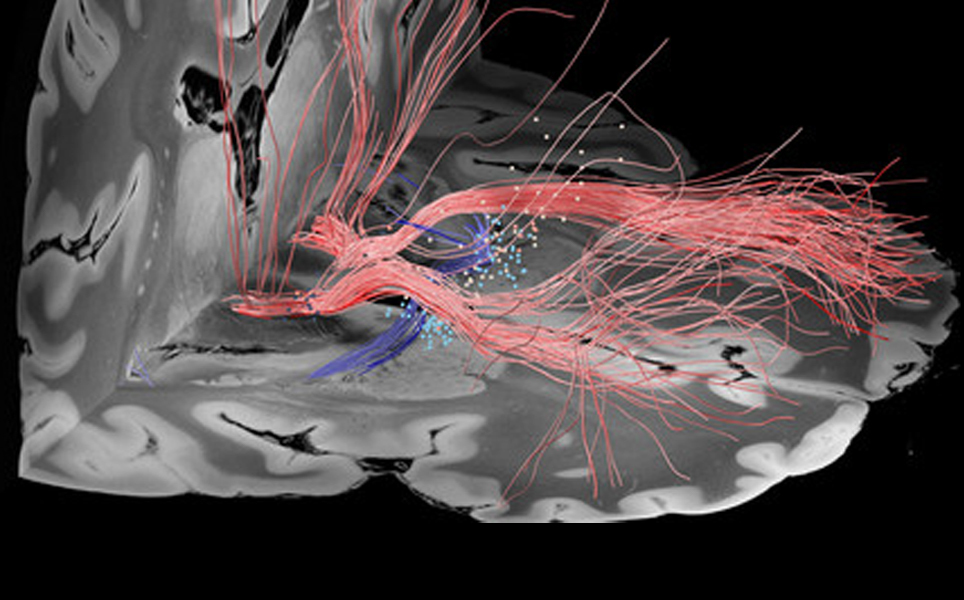
Targeted OCD treatment
2. How much oxygen does the brain need?
Neurobiologists at LMU have successfully measured oxygen consumption in the intact brain and directly correlated this with nerve cell activity.
Using the tadpoles of the clawed frog Xenopus laevis as the model organism, the researchers used sensors to record the oxygen concentration in the brain and one of the brain ventricles, to then correlate this with activity of nerve cells that control eye movements. They found that in normal operation, only 50% of the oxygen in the brain is used for nerve cell activity, meaning that the other 50% is used by glial cells and for maintaining the basal metabolism of the nerve cells. With increased activity, the nerve cells consume more oxygen.
These findings provide a basis for further research into the oxygen required for various nerve cell functions, as well as to better understand the effects of lack of oxygen on the brain.
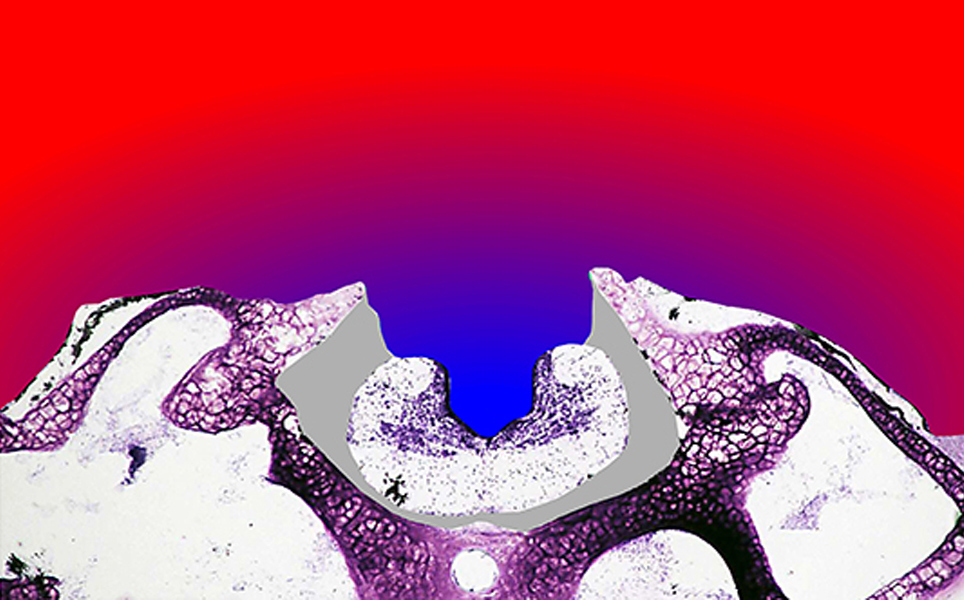
Understanding oxygen needed by the brain
3. Turning off 'junk DNA' may free stem cells to become neurons
Researchers at NIH suggest that ancient viral genes that were previously considered to be junk DNA, may play a role in the differentiation of human stem cells into neurons.
Nearly 7% of our genome consists of human endogenous retrovirus genes. These genes were once thought to be inactive, but preclinical experiments have shown that some human endogenous retrovirus (HERV-K) genes located in chromosomes 12 and 19, may help control the differentiation of human stem cells into neurons.
Using blood cells from healthy volunteers that had been genetically transformed into induced pluripotent stem cells, which can differentiate into any cell type, the researchers found high levels of HERV-K subtype, HML-2 on the surfaces of the stem cells. HML-2 is an envelope protein used by viruses to attach to and infect cells. Switching off the HERV-K, HML-2 genes in the stem cells caused them to differentiate into neurons.
The team now plan to further explore how HERV-K genes influence the wiring of the nervous system.

Junk DNA that may not be rubbish
4. Mouse study shows spinal cord injury causes bone marrow failure syndrome
Research by Ohio State University has found that spinal cord injuries in mice cause an acquired bone marrow failure syndrome which may contribute to chronic immune dysfunction.
It is already known that spinal cord injury can cause immune dysfunction, increasing the risk of infections, hospitalisation and premature death. Healthy bone marrow, where immune cells are made, requires communication with the nervous system to properly function, which involves the spinal cord. The research shows that spinal cord injury causes stem cells in the bone marrow to divide rapidly, but they then become trapped in the bone marrow.
It was found that injections of Plerixafor, a small molecule inhibitor of a chemokine receptor, post-injury, can reverse this locking of the stem cells in the bone marrow, helping to restore immune function.
More research is required to see if Plerixafor can be used to treat humans with spinal cord injuries and if the bone marrow failure is permanent even with this treatment.
More here
5. Synapse-saving class of proteins discovered
A new class of proteins, that inhibit complement system proteins to protect synapses from being destroyed, has been discovered by researchers at the University of Texas Health Science Center at San Antonio.
Increasing the number of these proteins could be a potential treatment for diseases that involve excessive loss of synapses, such as Alzheimer’s and schizophrenia.
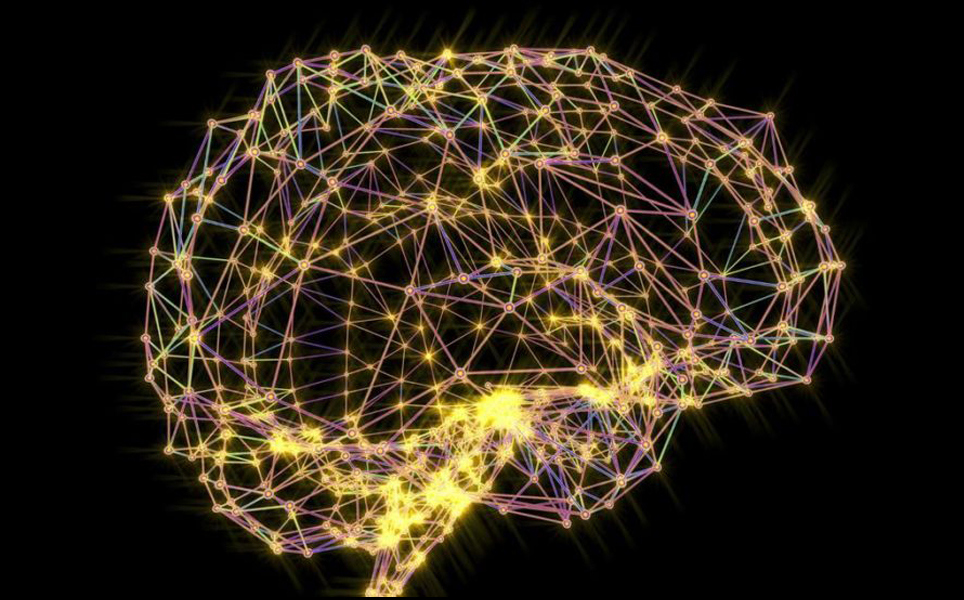
Synapse-saving proteins
6. Spinal stimulators for pain relief repurposed to restore touch in a lost limb
Scientists at the University of Pittsburgh have used spinal cord stimulators that are commonly used to relieve chronic pain to create sensory feedback in a prosthetic arm.
Strings of spinal electrodes, about the size of spaghetti, are implanted into the spinal cord so they sit slightly to one side on the roots of the nerves that normally transmit sensations from a person’s arm to the central nervous system. When electrical pulses were sent through different parts of the implanted electrodes, the participants experienced sensations in different parts of their missing arm or hand, with some being able to localise the sensations to small areas such as a single finger or part of the palm.
The sensations felt by the participants were natural ones, such as touch and pressure, with some being mixed with other sensations such as tingling or pricking.
Next, the goal is to develop fully-implantable spinal stimulators, that don’t need to be connected to stimulators outside of the body, and that can be used permanently to enable users to effectively control and experience localised sensations in their prosthetic arm.
Spinal stimulators enabling prosthetic arm sensations
7. A map to show the way to sense smell, temperature, and humidity
Scientists at the MRC Laboratory of Molecular Biology, University of Cambridge, Janelia Research Campus, and Brandeis University have presented the first full map of all olfactory, thermosensory, and humidity-sensing projection neurons in the fly brain.
By creating a comprehensive map of the neuronal circuits responsible for sensing temperature, humidity, and odour, the researchers were able to see the different ways neurons can be wired together to enable integration across different senses. The scientists also identified a connection between thermosensory neurons and the part of the brain that controls the flies’ circadian rhythms, suggesting temperature contributes to the timing of the body clock.
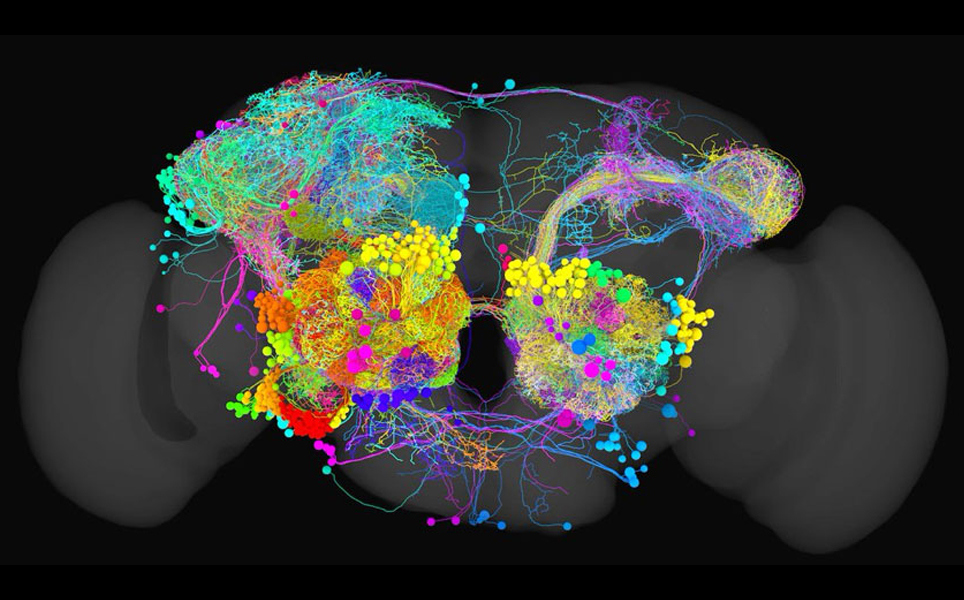
More about the comprehensive map
8. Brain ‘signature' could help to diagnose schizophrenia
After analysing the brain patterns of 101 people with schizophrenia, 43 of their unaffected siblings and 75 healthy individuals, scientists at EPFL discovered patterns of brain activity that are present in people with schizophrenia and their healthy siblings, but not in those without a family history of schizophrenia.
It isn’t yet clear exactly how these patterns of brain activity, known as microstates, affect brain function, but they could help detect who is susceptible to the disorder before symptoms appear in adolescence or adulthood. Once it is understood how the microstates contribute to schizophrenia, they could also inform personalised treatments.
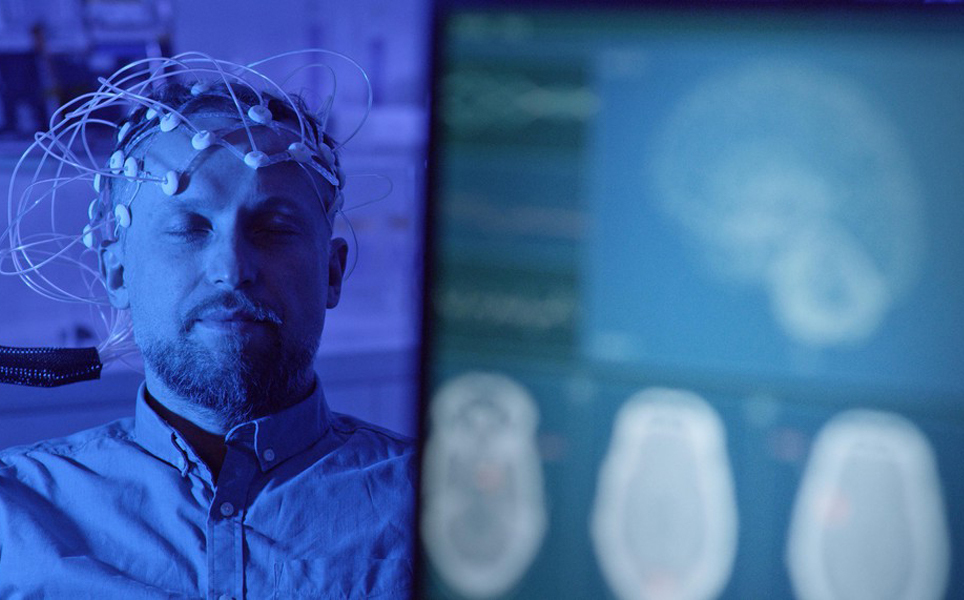
Signatures of schizophrenia
9. Super-agers show resistance to tau and amyloid accumulation
Scientists at the Research Center Juelich and University Hospital Cologne have discovered that super-agers, individuals whose cognitive skills are above the norm at an advanced age, have increased resistance to tau and amyloid proteins.
From analysing PET scans, it was found that super-agers have lower levels of tau and amyloid pathology, associated with neurodegeneration, compared to normal-agers, which likely enables them to maintain their cognitive performance.
Next, the researchers want to investigate the factors responsible for the resistance to tau and amyloid accumulation. Understanding what makes individuals resistant to dementia could help develop therapeutics that protect against Alzheimer’s disease and other forms of dementia.
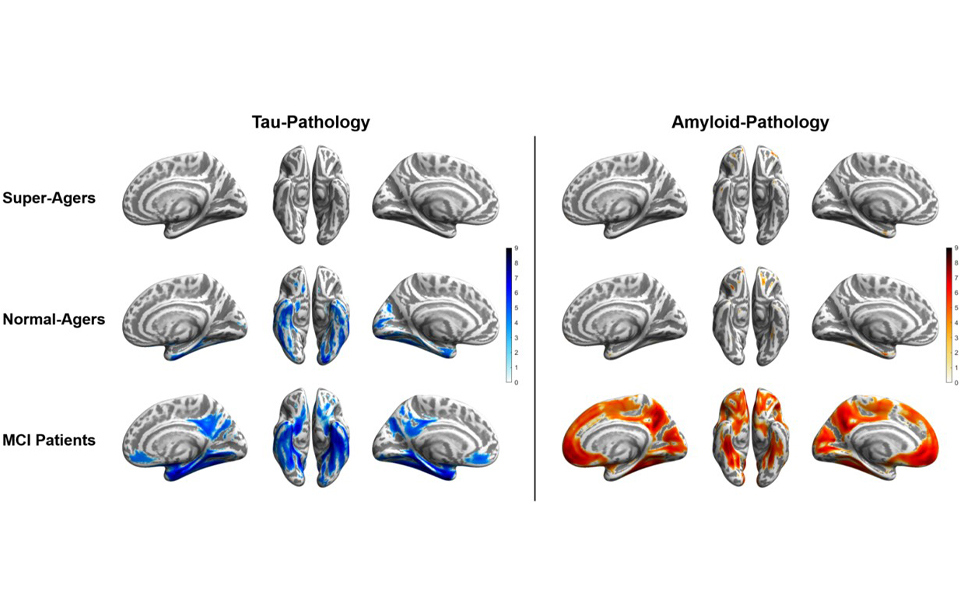
Do super-agers hold the key to dementia prevention and treatment?
10. Study shows highly reproducible sex differences in aspects of human brain anatomy
An analysis of more than 2,000 brain scans by scientists at the National Institute of Mental Health suggests that there are highly reproducible sex differences in the volume of certain cortical structures in the human brain.
After discovering the consistent patterns of sex-based differences in cortical volume, the researchers cross-referenced their anatomical findings with gene-expression maps of the brain, based on post-mortem tissue samples. They found that the differences in cortical volume correlated with the spatial patten of sex-chromosome gene expression in the cortex. Regions of the cortex with relatively high expression of sex chromosome genes had greater cortical volume in males than females.
These findings suggest that sex differences in cortical volume may be influenced by genes located on the X and Y sex chromosomes, rather than being caused entirely by hormones or environmental factors.
Following this, sex-based differences in brain disease and behaviour can be better investigated to get a better understanding of differences in cognition and risk of psychiatric illness.
Different brain anatomy between men and women
Banner image credit: MRC Laboratory of Molecular Biology
Take a look at our previous top neuroscience stories:
Sign up to receive our latest news
Find out about Scientifica's latest product releases, company news, and developments through a range of news articles, customer interviews and product demonstration videos.

)